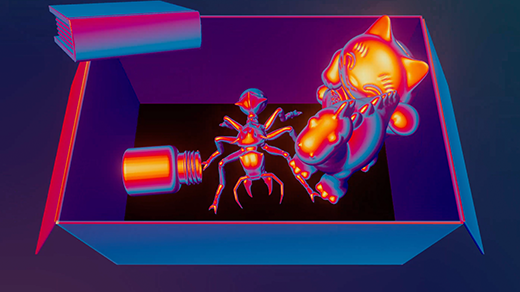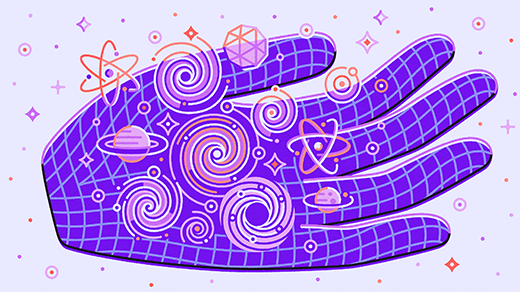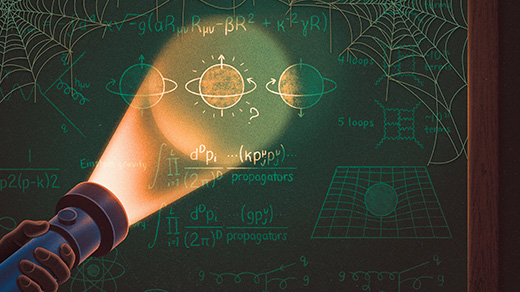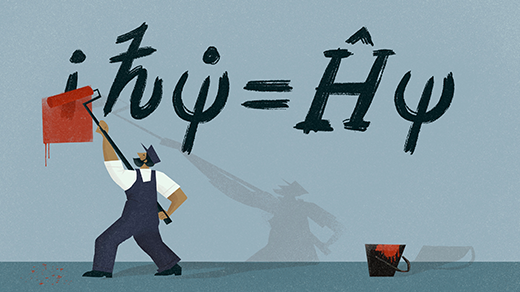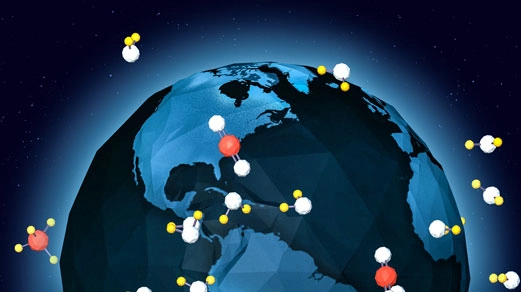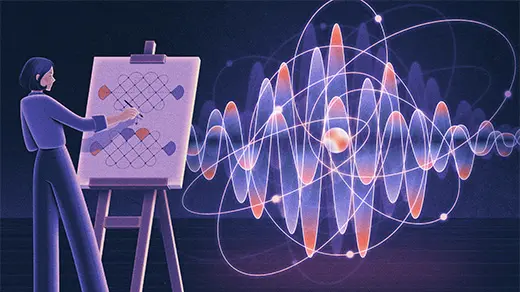What's up in
Quantum physics
Latest Articles
In Quantum Mechanics, Nothingness Is the Potential To Be Anything
Try as they might, scientists can’t truly rid a space or an object of its energy. But what “zero-point energy” really means is up for interpretation.
The Year in Physics
Physicists spotted a “terribly exciting” new black hole, doubled down on weakening dark energy, and debated the meaning of quantum mechanics.
Particle Physicists Detect ‘Magic’ at the Large Hadron Collider
The supercollider is now being used to explore quantum phenomena, including a “magic” form of quantum entanglement.
Old ‘Ghost’ Theory of Quantum Gravity Makes a Comeback
Has the secret to understanding gravity been hiding in plain sight for nearly 50 years?
Physicists Take the Imaginary Numbers Out of Quantum Mechanics
Quantum mechanics has at last been formulated exclusively with real numbers, bringing a mathematical puzzle at the heart of the theory into a new era of inquiry.
A Thermometer for Measuring Quantumness
“Anomalous” heat flow, which at first appears to violate the second law of thermodynamics, gives physicists a way to detect quantum entanglement without destroying it.
The Quantum Mechanics of Greenhouse Gases
Earth’s radiation can send some molecules spinning or vibrating, which is what makes them greenhouse gases. This infographic explains how relatively few heat-trapping molecules can have a planetary effect.
Analog vs. Digital: The Race Is On To Simulate Our Quantum Universe
Recent progress on both analog and digital simulations of quantum fields foreshadows a future in which quantum computers could illuminate phenomena that are far too complex for even the most powerful supercomputers.
‘Ten Martini’ Proof Uses Number Theory To Explain Quantum Fractals
The proof, known to be so hard that a mathematician once offered 10 martinis to whoever could figure it out, connects quantum mechanics to infinitely intricate mathematical structures.
